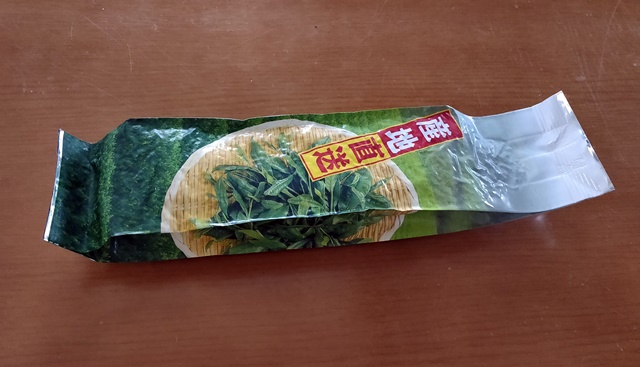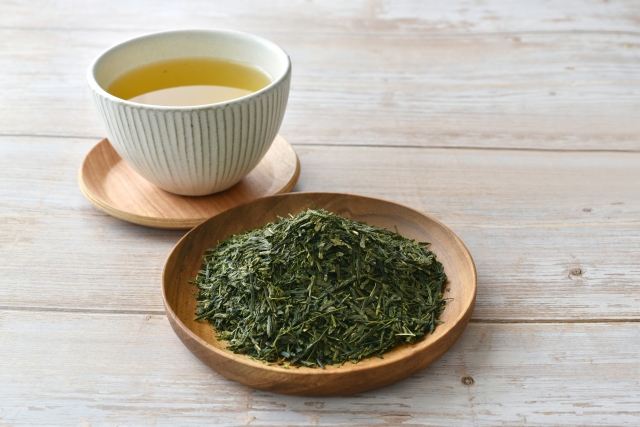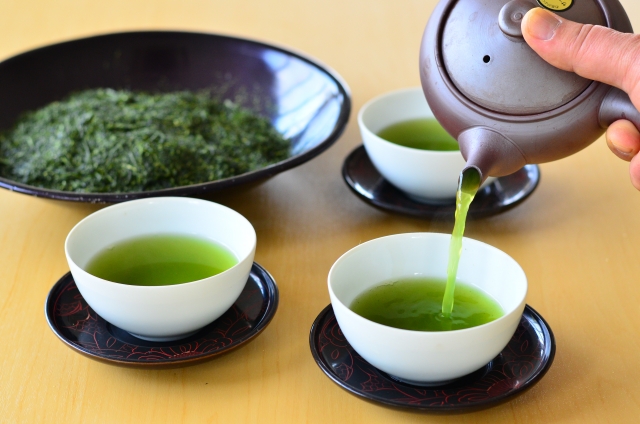Tea leaves are delicate and can easily lose their flavor and aroma if not stored properly. Factors like heat, humidity, light, and even odors can cause tea to degrade quickly.
In this guide, we'll explore the best practices for storing both unopened and opened tea leaves, how to prevent common causes of deterioration, and tips for adjusting your storage methods based on the season and environment.
With the right approach, you can enjoy your tea at its freshest for a longer time.
1. How to Store Unopened Tea Leaves

Unopened tea leaves are typically packed with nitrogen gas or oxygen absorbers to prevent oxidation, but this protection is not foolproof if storage conditions are inadequate.
Here’s how to store your tea to maintain its freshness.
Storage Location
Store unopened tea leaves in a cool, dark place, away from direct sunlight. The best method is to keep them at room temperature in a dry environment.
If this isn’t possible, sealing the tea in an airtight bag and storing it in the fridge is advisable to prevent heat and humidity from affecting the tea.
Refrigeration Tips

When storing tea in the fridge, remember to bring it to room temperature before opening.
Opening tea immediately after removing it from cold storage can cause condensation, which leads to moisture absorption, damaging the tea’s quality.
2. How to Handle Tea After Opening: Causes of Deterioration and How to Prevent Them

Once opened, tea leaves become highly vulnerable to environmental factors that accelerate deterioration.
Below are the main causes of tea degradation and how to effectively prevent them.
Oxidation

When tea leaves are exposed to oxygen, compounds like catechins, vitamin C, and chlorophyll break down. This diminishes the tea's fresh taste and aroma, resulting in a more bitter, astringent flavor over time.
Green tea, in particular, is very sensitive to oxidation.
How to Prevent Oxidation
Transfer tea leaves into an airtight container immediately after opening.
Avoid leaving the tea bag open or exposed to air. Seal the container tightly to minimize oxygen exposure, which will help maintain freshness.
Humidity

Tea leaves absorb moisture easily, which accelerates oxidation and can lead to mold. In high-humidity environments, tea leaves become soft, lose their crisp texture, and their flavor changes.
How to Prevent Humidity Damage
Store your tea in an airtight container and place it in a cool, dry place.
Desiccants can also be used to absorb excess moisture.
Avoid opening the container frequently in humid conditions to prevent moisture buildup.
Light

Light, especially UV rays, breaks down the chlorophyll in tea leaves, causing them to brown.
This exposure reduces both the flavor and aroma of the tea.
Prolonged light exposure can even cause a "sunlight taint," giving the tea an unpleasant odor.
How to Protect Tea from Light
Always store tea leaves in a light-proof container.
Avoid transparent bags or glass jars, and choose metal or opaque containers.
Keep the tea in a dark place away from direct sunlight.
Heat

Heat accelerates the loss of volatile oils that give tea its aroma and flavor.
The higher the temperature, the quicker oxidation occurs, leading to a loss of quality and increased bitterness.
How to Protect Tea from Heat
Store tea leaves in a cool, stable environment.
If you live in a warm climate or during the summer, it may be necessary to store the tea in the fridge. Make sure to bring the tea to room temperature before opening to avoid condensation.
Odor Absorption

Tea leaves are highly absorbent and can take on the smell of nearby items. If stored near strong-smelling foods or products, the tea will absorb these odors, affecting its flavor.
How to Prevent Odor Absorption
Always store tea in an airtight container and away from strong-smelling items like spices, fruits, or perfumes.
If using the fridge for storage, ensure the container is sealed to prevent odor transfer from other foods.
3. Seasonal and Environmental Considerations

Tea leaves are particularly sensitive to heat and humidity, so adjusting storage methods according to the season is crucial.
Summer and Humid Seasons

Tea leaves are especially vulnerable to degradation during summer and rainy seasons due to high heat and humidity.
Store tea in a cool, dry place and use desiccants to manage moisture levels.
If necessary, refrigerate the tea but follow proper procedures to avoid condensation damage.
Winter Storage

During winter, indoor heating can dry out tea leaves, affecting their texture and flavor.
Airtight containers will help preserve moisture balance and prevent over-drying.
Be mindful of rapid temperature changes that could cause condensation.
Conclusion
To maintain the quality and flavor of your tea, it’s essential to follow proper storage practices.
Keep unopened tea leaves in a cool, dark place and avoid exposure to heat, humidity,
light, and strong odors. After opening, transfer tea into an airtight container, adjusting your storage methods according to seasonal changes.
By following these guidelines, you can ensure that your tea remains fresh and flavorful for an extended period.

